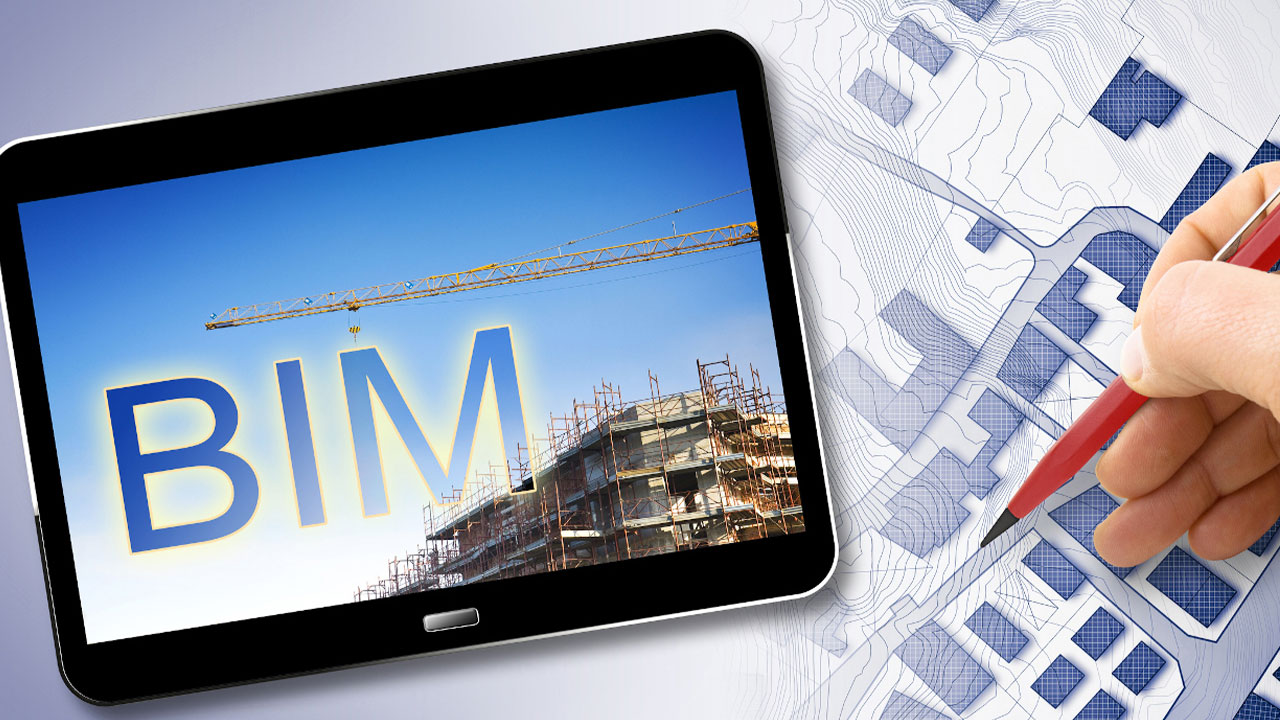There are many different trends affecting the world of BIM. This not only includes the trends that are popular in the field right now but also ones that could gain further prominence in the coming months. Since there are a number of exciting developments happening within BIM and the construction industry as a whole, it’s important to keep abreast of relevant advancements as they happen.
Keep reading to learn how you can use these trends to shape the future of BIM!
BIM Software Could Become Increasingly Focused on the Cloud
In recent years, cloud technology has become an incredibly convenient means through which people can store data and easily access it at will. The world of BIM has also been embracing this type of technology further over time. Not only can cloud technology allow for the newest project information to be accessed in real-time by as many people involved as possible, but it can allow for increased collaboration, productivity, and the exchange of ideas throughout each phase of the project. Since BIM is no longer restricted to use in a specific location, and since remote work has become increasingly normalized during the pandemic, those wanting to become a BIM technician would do well to learn more about how cloud technology can enhance and simplify their BIM experience.

Cloud technology can expedite the processes in a BIM project
Those Wanting to Become a BIM Technician Could See Further BIM Evolution
As technology continues to evolve, so will the nature of BIM software. This can manifest itself in different ways. For one, BIM could expand the nature of the dimensions that can be used for projects, from 4D all the way to 6D. This can improve the ability of those involved to understand how various factors such as acoustic properties and geometrics can affect a structure, so they can determine how to go about these issues prior to construction. Secondly, the use of artificial intelligence could become increasingly common, as it could be used to process information about the building project and quickly interpret it in new ways that cannot be easily done by humans. With AI assisting the BIM software, it can help make the projects you do after your online BIM training more efficient and reduce errors.
Sustainability and Eco-Friendliness Are Also Hot Topics with BIM
Although this trend isn’t necessarily tied to BIM, it’s one that could easily impact the construction industry as a whole going forward. For example, modularization (off-site construction) and prefabrication (assembling parts of a building prior to being built on-site within a much shorter timeframe) could be used more frequently as a means of completing construction projects in a more eco-friendly and sustainable manner. This is because materials that aren’t used can be recycled afterward, therefore reducing waste. Students in BIM technician training should know that these approaches can improve the affordability of production costs, as construction teams can buy materials in bulk. In fact, construction expenses can be lessened as much as 20%.



